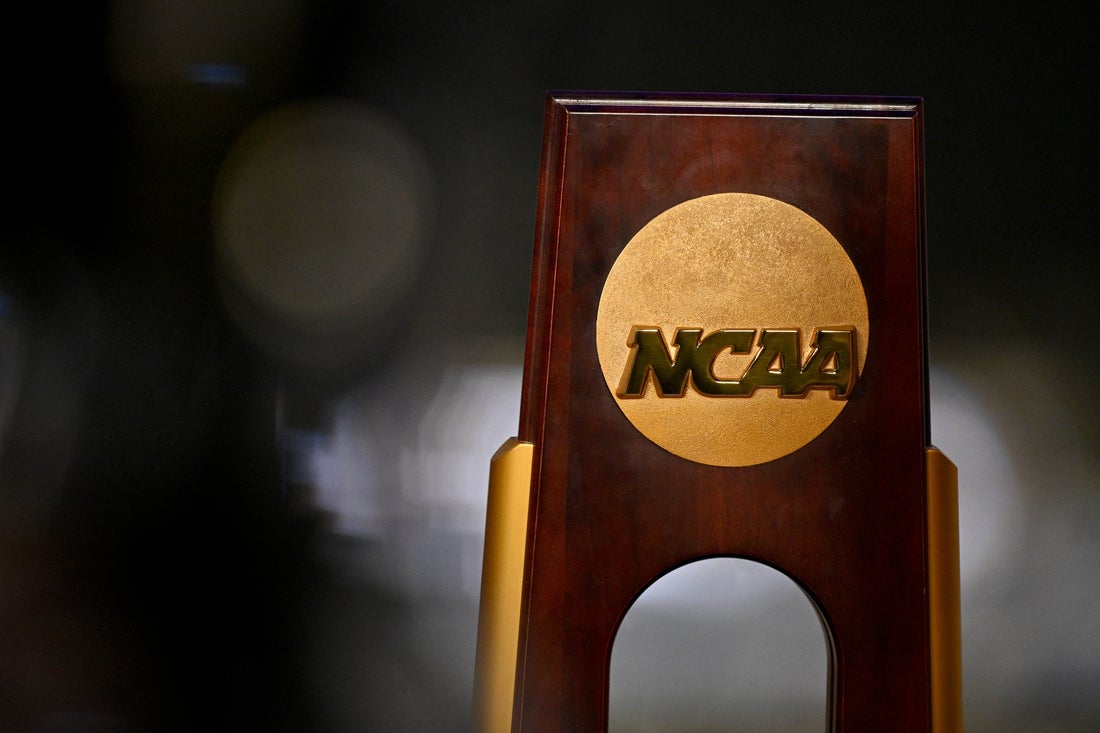
The settlement of House v. NCAA was given final approval by Judge Claudia Wilken on Friday night, allowing colleges to directly pay players via revenue sharing for the first time.
The stamp of approval from Wilken of the United States District Court for the Northern District of California was long expected, and the settlement marks the end of the NCAA’s previous model of amateurism, in which athletes were not allowed to earn money while in school.
Beginning July 1, schools can share up to $20.5 million of their revenues with their athletes. That cap will increase by at least 4 percent each year for the next 10 years.
Schools that exceed the $20.5 million cap will be penalized by the College Sports Commission, the recently established enforcement arm that goes into effect following the settlement. The CSC, created by the Power Four conferences, is also working toward giving the power conferences control and oversight regarding college sports rather than the NCAA.
The settlement also allots $2.8 billion in back payments for athletes who missed out on earning opportunities while in school between 2016 and 2024. Former power-conference football and men’s basketball players are expected to be the main beneficiaries of these payments, per The Athletic.
The ruling settles three separate antitrust suits brought against the NCAA, most notably by ex-Arizona State swimmer Grant House and women’s college basketball player Sedona Prince.
It also builds on the previous legal case that opened the door for athletes to earn money in the first place. The Supreme Court case of NCAA v. Alston, decided nearly four years ago, that allowed additional academic expenses to be paid to athletes. Subsequently, the NCAA removed limitations on college athletes making money on their own names, images and likenesses (NIL).
So-called NIL deals quickly became cover for boosters to raise money to give star players salaries. NIL does not disappear under the House v. NCAA settlement, although soon an NIL clearinghouse operated by Deloitte will be introduced to scrutinize athletes’ deals and determine whether they exceed their fair market value.
The CSC will oversee and enforce the rules related to the new revenue-sharing system, including the NIL clearinghouse. The CSC is looking to hire MLB executive Bryan Seeley as its CEO, ESPN reported on Friday. Seeley has been MLB’s point man regarding investigations, and per the report, has been the CSC’s top candidate for the CEO position.
The CSC will likely have its hands full regarding NIL payments, as several men’s basketball rosters have exceeded $10 million for next season, per a recent CBS Sports report. Also, per multiple reports, Ohio State’s national championship football team earned $20 million in NIL payments last year.
The settlement will also allow schools to make their own NIL deals but any outside deals that exceed $600 will go through a clearinghouse, which will determine the legitimacy of the payments and whether they are of fair market value.
Back in April, the NCAA’s Division I Board of Directors approved a series of proposals that awaited the approval of the settlement. The board agreed to eliminate 153 rules from the group’s handbook, including NIL compensation and regulation and switching from scholarship limits to roster limits and eligibility standards.
–Field Level Media

